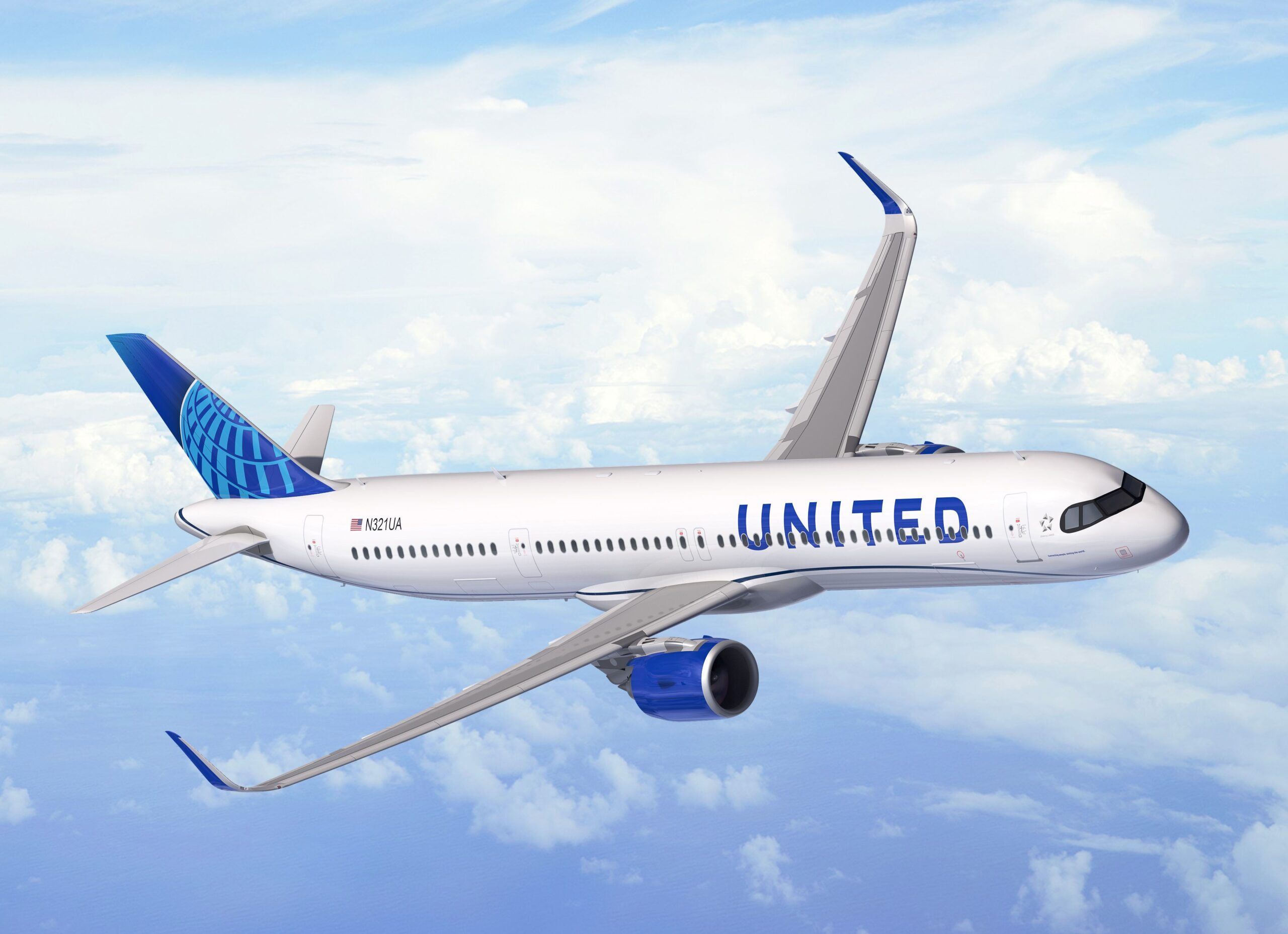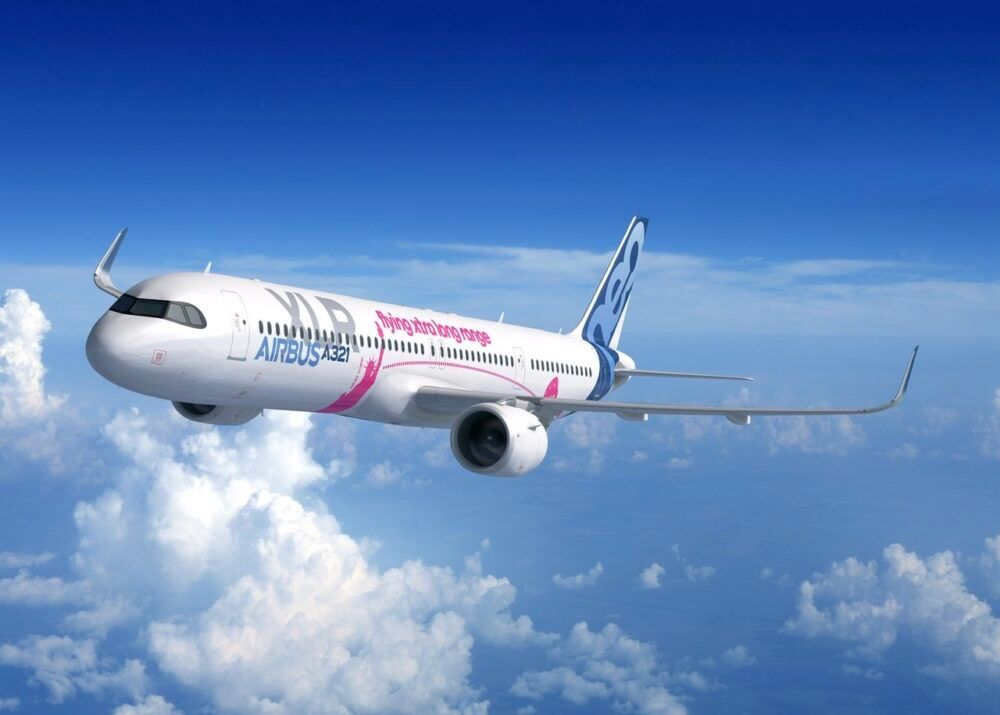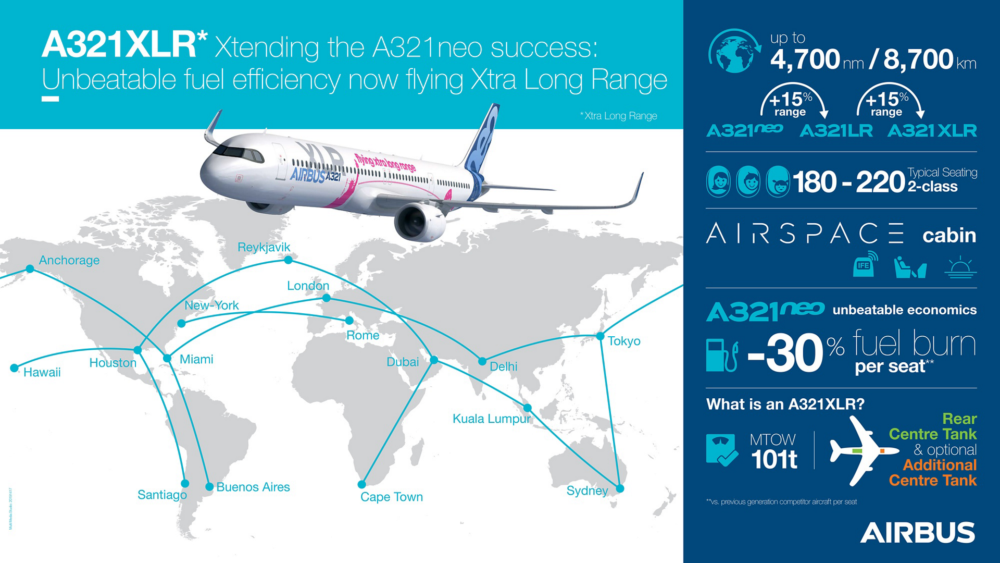A director for Boeing has responded to a consultation document regarding Special Conditions proposed by EASA for the Airbus A321XLR. The Conditions relate to the rear central fuel tank (RCT) and how Airbus maintains safety onboard. EASA responded positively to the feedback.
Boeing questions A321XLR’s safety
The Airbus A321XLR is set to be a gamechanger in aviation standards. Able to fly point to point on very long routes, its introduction will open up new opportunities for the airlines that fly it. The key to this additional range is a new rear central fuel tank (RCT), positioned beneath passengers at the back of the plane, giving it more juice to go further.
Because of this novel design feature, EASA has been working on Special Conditions relating to the safety of the RCT. The details of this requirement have been out for consultation in the past weeks, and a handful of responses have been received.
Two of the three comments came from Mildred Troegeler, Director of Global Regulatory Strategy at the Boeing Company. She raised two issues with the details of the Special Condition, citing concerns with the RCT proposed for the A321XLR.
Her first query related to the location of the tank and its integration with the skin of the aircraft. Troegeler stated,
“Fuel tanks integral to the airframe structure inherently provide less redundancy than structurally separate fuel tanks. Such integral fuel tanks located within the fuselage volume can foreseeably result in more hazardous outcomes when exposed to threats such as an external pool-fed fire.”
She recommended that the Special Condition considered the possibility of the tank getting hot in the event of an external pool-fire.
Troegeler’s second concern was about the performance of the tank in the event of a landing gear failure or runway excursion. She said,
“The inclusion of an auxiliary fuel tank integral to the fuselage presents many potential hazards, particularly the protection against structural disruption due to an otherwise survivable off-runway or landing gear failure event.”
The problem with a fuel tank
Placing a 12,900-liter tank of fuel below passengers is problematic for a couple of reasons. Firstly, Airbus has noted that passengers in that area may experience a ‘cold feet’ sensation, therefore they want to insulate the floor somehow for passenger comfort.
Secondly, the tank itself will need to be suitably protected from external fire, with all elements conforming to ‘burn through’ requirements and allowing adequate evacuation time for passengers.
EASA has already made it clear that it will impose special conditions on the A321XLR due to the RCT and its location. In response to the Boeing comments, the safety agency stated that,
“The text of the proposed Special Condition has not been changed based on this comment.”
In regard to Troegeler’s concern about an external pool fire causing an explosion, EASA said this would be covered in a separate Special Condition. And responding to her concerns about the crashworthiness of the RCT, EASA said,
“The RCT design is being thoroughly reviewed with regards structural crashworthiness, taking into consideration the level of safety provided by the FAA AC25-8. Appropriate means of compliance will be defined.”
While Boeing is absolutely right to raise any concerns it may have about the safety of the new long-range Airbus narrowbody, EASA’s response appears clear and confident. It will be interesting to see what the Special Conditions entail and the solutions Airbus develops to meet these requirements.



